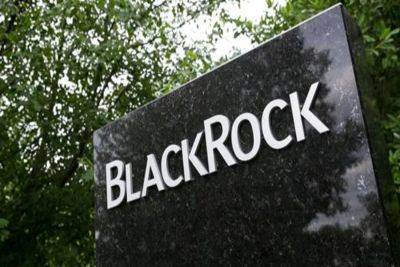India's energy requirement will increase by 2.5 times by 2047
India will be increased by 2.5 times by the year 2047, and right now around 84 per cent of India's energy is produced using coal, said Venu Gopal Mothkoor, Senior Specialist- Energy, NITI Aayog.
He further added that achieving CO2 emission targets necessitates a focus on energy efficiency and demand electrification, which could potentially reduce CO2 emissions by 51 per cent by 2047.
Speaking at a roundtable discussion organized by FICCI (Federation of Indian Chambers of Commerce and Industry) on 'Doubling the Rate of Energy Efficiency of Indian Industry 2030' he also underscored the pressing need to address this surge in energy requirements.
During the event, Abhay Bakre, DG, Bureau of Energy Efficiency (BEE), also highlighted that energy efficiency is a low-cost option for meeting the growing energy demand in India.
The decarbonisation, adoption of clean fuels, digitalization, and promotion of sustainable buildings and smart appliances were highlighted as the key areas for enhancing energy efficiency in the country.
«The government is targeting to reduce 686 million tonnes of CO2 by 2030, out of which 250 million tonnes of CO2 reduction is targeted from industries with specific focus on steel, cement, pulp & paper, petrochemicals and aluminium,» said Arijit Sengupta, Director, BEE.
He also mentioned that the Energy Conservation Act got amended in 2022 and government is working on India Carbon Market plan. Soon, the Green Hydrogen consumption norms will be rolled out and the BEE is also working on 'Carbon























